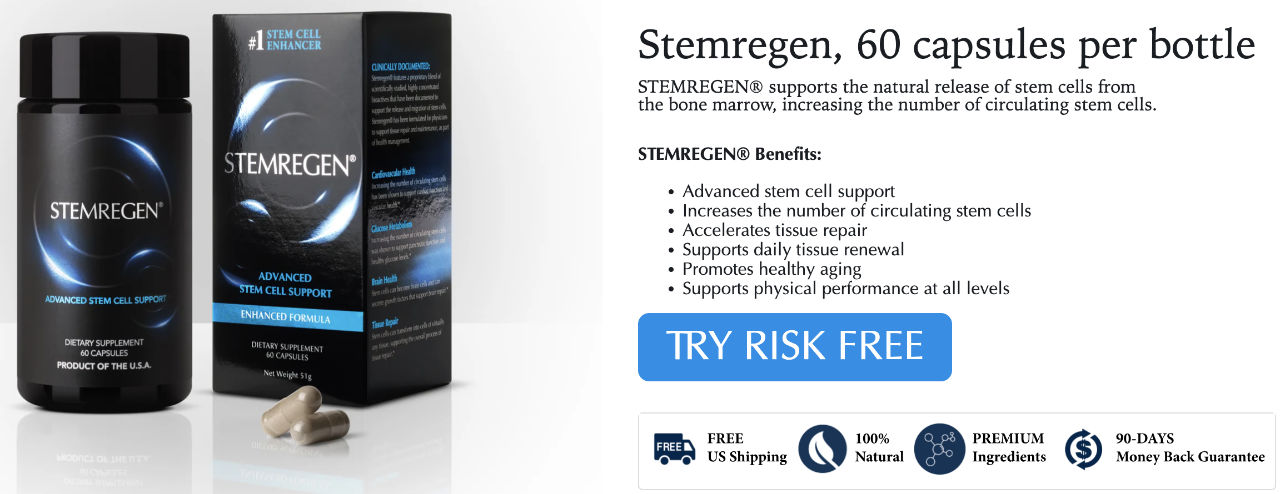Do you worry about the safety of stem cell patches advertised online?
Are you concerned about potential side effects from unregulated treatments?
Have you wondered why your doctor hasn’t recommended stem cell patches for your condition?
These questions reflect the concerns of thousands of patients who see advertisements for stem cell patches promising miraculous healing.
The reality about stem cell patch safety is more complex than marketing claims suggest.
What Are Stem Cell Patches?
Stem cell patches are topical products that claim to contain stem cells or stem cell-derived compounds. Manufacturers market these patches as treatments for various conditions including arthritis, back pain, and sports injuries. The patches typically contain a gel or liquid that users apply directly to the skin.
Most stem cell patches do not actually contain living stem cells. Instead, they may contain:
•Growth factors derived from stem cell cultures
•Peptides that supposedly stimulate stem cell activity
•Plant extracts marketed as “stem cell activators”
•Synthetic compounds designed to mimic stem cell effects
FDA Regulatory Status of Stem Cell Patches
The Food and Drug Administration (FDA) has not approved any stem cell patches for medical use.
According to the FDA’s 2020 consumer alert, stem cell products are regulated as biological products and generally require FDA approval before marketing [1].
Current FDA-Approved Stem Cell Products
| Product Type | Source | Approved Uses |
| Blood-forming stem cells | Umbilical cord blood | Blood disorders only |
| Hematopoietic stem cells | Bone marrow | Certain cancers |
The FDA explicitly states that no stem cell products have been approved for:
•Orthopedic conditions (arthritis, tendonitis, back pain)
•Neurological disorders (Alzheimer’s, Parkinson’s)
•Cardiovascular diseases
•Chronic pain conditions
•COVID-19 treatment
Safety Concerns with Unregulated Stem Cell Patches
Lack of Clinical Testing
Stem cell patches sold without FDA approval have not undergone rigorous safety testing. Clinical trials are essential for determining:
•Proper dosing for safety and effectiveness
•Side effect profiles in different patient populations
•Drug interactions with other medications
•Long-term safety data
Without this testing, patients cannot make informed decisions about potential risks.
Contamination Risks
Unregulated stem cell patches may contain:
•Bacterial contamination from poor manufacturing practices
•Viral contamination if derived from human or animal sources
•Chemical contaminants from uncontrolled production processes
•Allergens not listed on product labels
Misleading Marketing Claims
The FDA warns that many stem cell patch companies make false claims about their products. Common misleading statements include:
•”FDA-approved stem cell therapy”
•”Clinically proven to regenerate tissue”
•”Safe alternative to surgery”
•”No side effects”
Potential Risks and Side Effects
Skin Reactions
Even topical stem cell patches can cause adverse skin reactions:
•Contact dermatitis from patch adhesives
•Allergic reactions to unknown ingredients
•Skin irritation from chemical compounds
•Rashes or burning sensations
Systemic Effects
Some compounds in stem cell patches may be absorbed through the skin, potentially causing:
•Hormonal disruption from growth factors
•Immune system reactions to foreign proteins
•Interference with existing medications
•Unknown long-term effects on organ systems
Delayed Medical Treatment
Perhaps the greatest risk is that patients may delay proven medical treatments while using ineffective stem cell patches. This delay can lead to:
•Disease progression in treatable conditions
•Permanent damage from untreated injuries
•Worsening symptoms requiring more intensive treatment
•Reduced effectiveness of conventional therapies
What Medical Experts Say
Professional Medical Organizations
The American Academy of Orthopaedic Surgeons has stated that stem cell products have not been shown to be safe or effective for most orthopedic conditions and could actually be harmful [2].
The International Society for Stem Cell Research warns patients about unproven stem cell treatments and emphasizes the importance of FDA oversight [3].
Clinical Research Findings
A 2024 review of unregulated stem cell products found:
•Zero clinical trials supporting safety claims for topical stem cell patches
•Multiple reports of adverse reactions to unregulated products
•No evidence of tissue regeneration from patch applications
•Significant variation in product contents between manufacturers
How to Identify Safe Stem Cell Treatments
Questions to Ask Your Doctor
Before considering any stem cell treatment, ask your healthcare provider:
1.Is this treatment FDA-approved for my specific condition?
2.What clinical trials support its safety and effectiveness?
3.What are the potential risks and side effects?
4.Are there proven alternatives I should consider first?
Red Flags to Avoid
Be cautious of stem cell patch companies that:
•Claim FDA approval without providing documentation
•Promise miraculous cures for multiple conditions
•Offer treatments for serious diseases like cancer or Alzheimer’s
•Pressure you to purchase immediately
•Cannot provide peer-reviewed research supporting their claims
Legitimate Stem Cell Research
Approved Clinical Applications
Legitimate stem cell therapy currently exists only for specific blood-related conditions. These treatments:
•Use FDA-approved stem cell products
•Are administered by qualified medical professionals
•Follow established protocols for safety monitoring
•Have documented evidence of safety and effectiveness
Ongoing Research
Scientists continue studying stem cell applications for various conditions through controlled clinical trials. These studies:
•Follow strict safety protocols
•Include independent oversight committees
•Require informed consent from participants
•Publish results in peer-reviewed journals
Alternative Evidence-Based Treatments
For Arthritis and Joint Pain
Instead of unproven stem cell patches, consider evidence-based treatments:
•Physical therapy to improve joint function
•Anti-inflammatory medications for pain relief
•Corticosteroid injections for severe inflammation
•Lifestyle modifications including weight management and exercise
For Sports Injuries
Proven treatments for sports injuries include:
•Rest and ice for acute injuries
•Physical rehabilitation programs
•Surgical repair when necessary
•Gradual return to activity protocols
Making Informed Decisions
Consulting Healthcare Professionals
Always discuss stem cell patch advertisements with your doctor before making treatment decisions. Qualified healthcare providers can:
•Evaluate your specific condition and medical history
•Recommend proven treatments appropriate for your situation
•Monitor your progress with established therapies
•Identify potential interactions with other treatments
Understanding Treatment Options
Effective medical care often involves:
•Accurate diagnosis of your condition
•Evidence-based treatment selection
•Regular monitoring of treatment response
•Adjustment of therapy based on your progress
Reporting Adverse Events
If you experience problems after using stem cell patches, report them to:
FDA MedWatch Program
The FDA encourages reporting of adverse events from stem cell products through their MedWatch system [4]. This helps:
•Track safety problems with unregulated products
•Identify patterns of adverse reactions
•Protect other patients from harmful products
•Support regulatory action against dangerous products
Healthcare Providers
Also inform your doctor about any adverse reactions. This allows them to:
•Provide appropriate medical care for any complications
•Document the reaction in your medical record
•Report serious events to regulatory authorities
•Advise other patients about potential risks
The Bottom Line on Stem Cell Patch Safety
Stem cell patches are not safe because they lack FDA approval and proper safety testing. The absence of regulatory oversight means:
•Unknown ingredients may be present in products
•Safety profiles have not been established
•Effectiveness claims are not supported by evidence
•Quality control standards are not enforced
Patients seeking treatment for medical conditions should work with qualified healthcare providers who can recommend proven, safe therapies appropriate for their specific situations.
The promise of stem cell therapy may become reality through legitimate research and clinical trials. Until then, patients should be cautious about unregulated products that make unsubstantiated safety and effectiveness claims.
Remember: If a treatment sounds too good to be true, it probably is. Your health is too important to risk on unproven products.
References
[1] FDA Consumer Alert on Regenerative Medicine Products Including Stem Cells and Exosomes. https://www.fda.gov/vaccines-blood-biologics/consumers-biologics/consumer-alert-regenerative-medicine-products-including-stem-cells-and-exosomes
[2] American Academy of Orthopaedic Surgeons. Update on Stem Cell Therapies. https://www.fl-ortho.net/update-on-stem-cell-therapies/
[3] International Society for Stem Cell Research. Patient Resources. https://www.isscr.org/patient-resources
[4] FDA MedWatch Adverse Event Reporting Program. https://www.fda.gov/safety/medwatch-fda-safety-information-and-adverse-event-reporting-program



